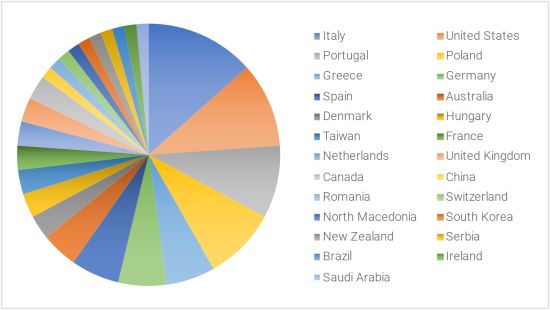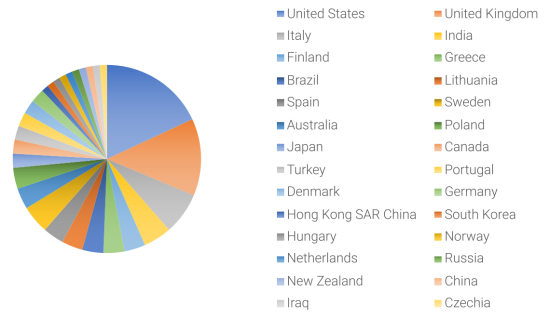Search Articles
Journal:
all
Keyword:
GRACE, annual anomaly
Total
—
3 articles
Editorial 21 December 2023
Highlights of Sustainability Editorial Office
1535 Views396 Downloads
Editorial 22 December 2022
Highlights of Sustainability Editorial Office
Highlights of Sustainability
Volume 1 (2022), Issue 4, pp. 253–254
Volume 1 (2022), Issue 4, pp. 253–254
2252 Views628 Downloads
Article 18 August 2022
Mohammad Valipour, Helaleh Khoshkam, Sayed M. Bateni and Essam Heggy
Highlights of Sustainability
Volume 1 (2022), Issue 3, pp. 171–187
Volume 1 (2022), Issue 3, pp. 171–187
2821 Views971 Downloads3 Citations
Article 18 August 2022
Mohammad Valipour, Helaleh Khoshkam, Sayed M. Bateni and Essam Heggy
The water crisis is still a major issue in Qatar. Seawater desalination has been strongly implemented in the Persian Gulf region. However, it is costly and there is corrosion in piping materials and other equipment. Hence
The water crisis is still a major issue in Qatar. Seawater desalination has been strongly implemented in the Persian Gulf region. However, it is costly and there is corrosion in piping materials and other equipment. Hence, there is a vital need to detect groundwater resources in Qatar. Various factors affect the variability of groundwater in Qatar including hydrogeological aspects, climate change, drawdown and abstraction, rainwater harvesting, desertification, and population growth. In this study, we employ the Famine Early Warning Systems Network (FEWS NET) Land Data Assimilation System (FLDAS) to monitor annual variations of soil moisture (SM) in the depth of 1–2 m (as an indicator of groundwater) and rainfall flux (RF) from 1982 to 2019. The results show that SM and RF anomalies were positive from 1982 to 2000 (except 1992). In contrast, these anomalies became negative during 2001–2019 (expect 2001 and 2018), implying the drawdown of groundwater resources. Drier years (i.e., negative RF anomaly) in the recent 19 years (2001–2019) reduced SM and led to a negative SM anomaly. The Mukaynis and Wadi Jallal regions (located in Al Rayyan and Al Wakrah municipalities, respectively) had the highest RF and SM from 1982 to 2019. The center-pivot irrigation systems close to the Mukaynis and Wadi Jallal regions indicate their accessibility to groundwater resources in Qatar. Moreover, these regions have the lowest risk of salinization and groundwater vulnerability. In addition, annual trends of groundwater storage (GWS) retrieved from the Gravity Recovery and Climate Experiment (GRACE) from 2003 to 2019 have been presented. This study is beneficial for detecting and monitoring groundwater resources for the sustainable management of water resources in arid environments.
or
Access Full Article
Highlights of Sustainability
Volume 1 (2022), Issue 3, pp. 171–187
Volume 1 (2022), Issue 3, pp. 171–187
2821 Views971 Downloads3 Citations


Volume 2 (2023), Issue 4, pp. 303–304